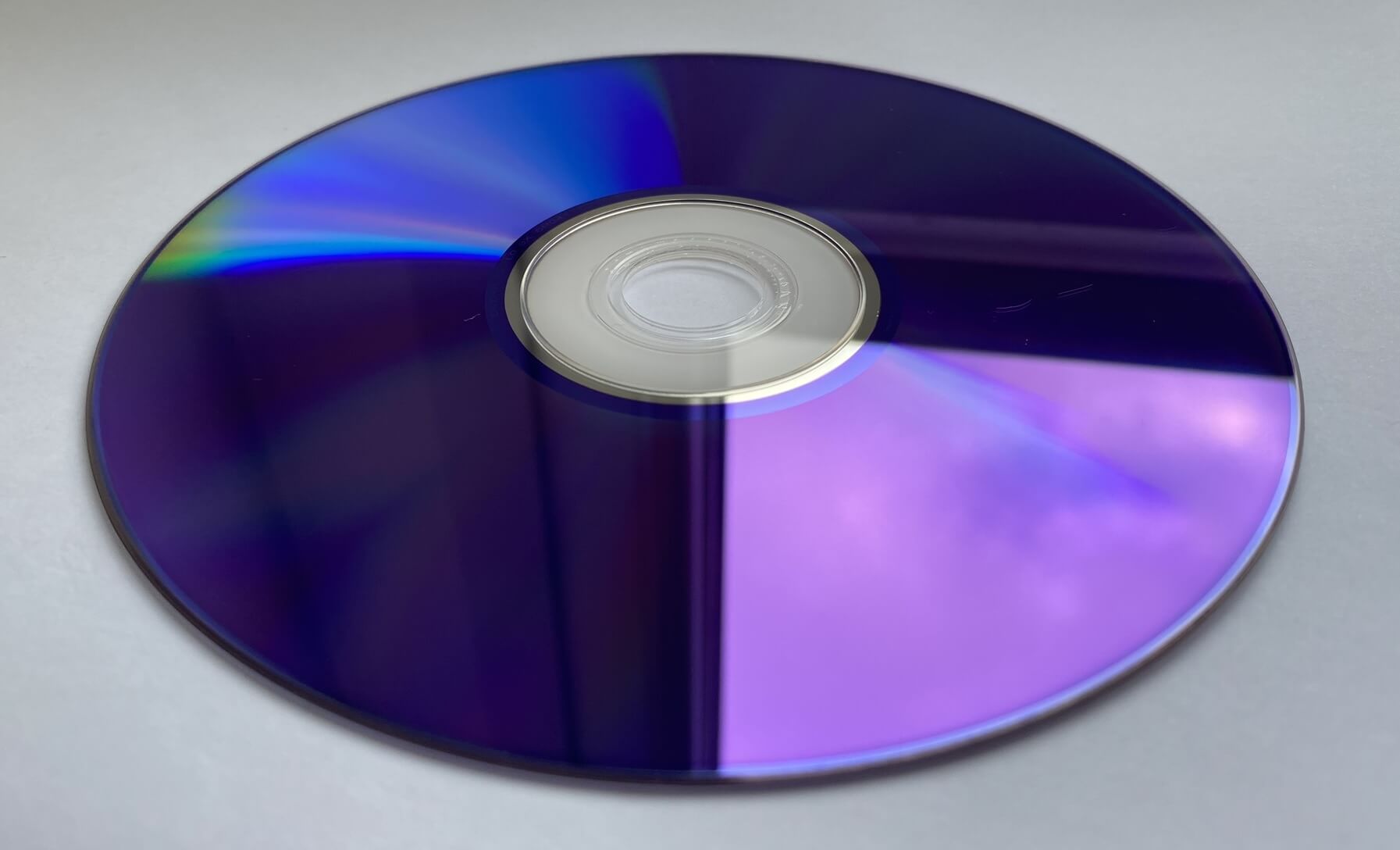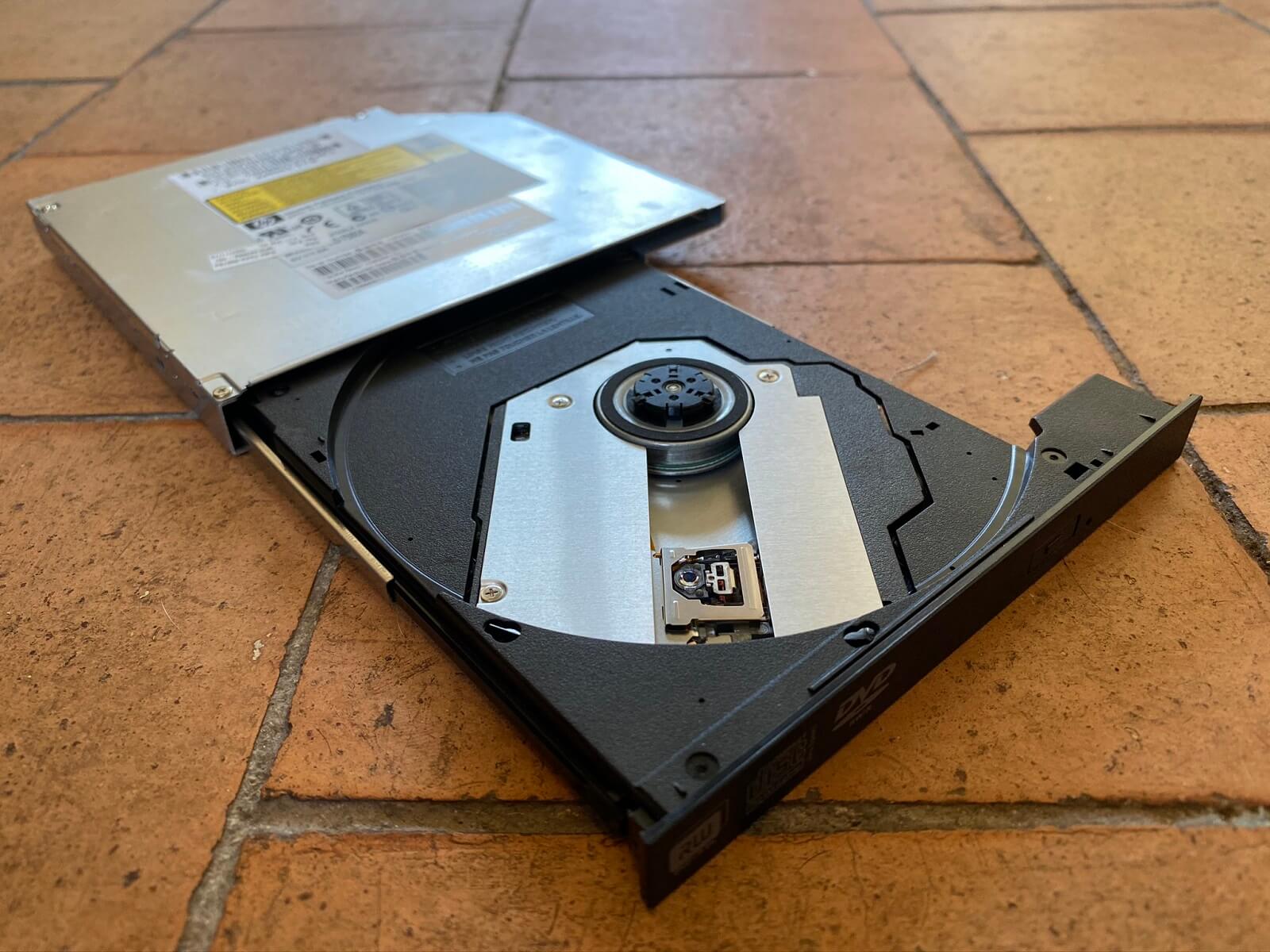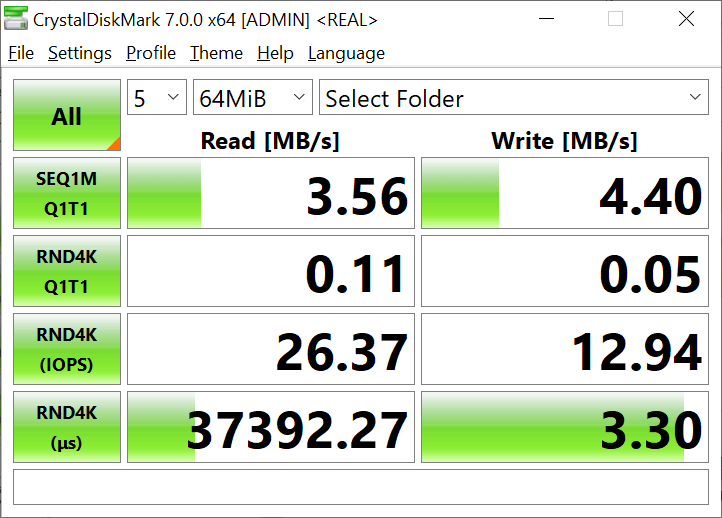It's magnetic. It's electric. It's photonic. No, this isn't going to be about a new superhero trio in the Marvel universe. This is all about our precious digital data. We need to store it somewhere secure and stable, in a way that lets us get hold of it and change it faster than you can blink. Forget Iron Man and Thor – we're talking about storage drives!
We've split the Anatomy of a Storage Drive in three parts, all published simultaneously to dissect hard disk drives, solid state storage, and optical drives. Links to the articles published in the series so far is below.
Blinded by the light
You don't have to use magnetism or electrical charge to store data. It can be done using light, or more rather, the reflection of it. Okay, if you want to be really specific, it's done using the interference of infrared and visible electromagnetic waves, but let's not worry too much about that!
Unlike hard drives and solid state drives, optical storage media is separate to the drive unit, so let's take a look at that first.
The idea behind the use of light and a reflective media to storage digital data was first patented in 1970 by an American physicist, James Russell. Although his system is nothing like what we use today, the overall concept is pretty similar.
Large companies, such as Sony and Phillips took note of his work, and after much wrangling, licensed the concept to produce the LaserDisc (1978) and the Compact Disc (1982).
The latter, better known as the CD, could only be used as a one-off storage system, meaning you couldn't delete stored data, then write fresh bits back onto it. It wasn't until 1987 that the first fully re-writeable CD, appeared on the market.
Around 1995 we got our hands on a better version of the CD. The Digital Versatile Disc (DVD) and it was another 4 years before a re-writeable version of that came out. The optical storage system of today, the Blu-ray Disc (BD) appeared in 2003, and BD-RE (Blu-ray Recordable Erasable) popped onto shelves in 2008.
This is all very nice, but how it does work? Take a look at a re-writeable DVD, below:
The base material is a polymer called PMMA, used to make two discs 0.024 inches (0.6 mm) thick. The bottom one has a super thin layer of a metal such as silver and gold, and another layer of a phase-change material.
The reflectiveness of this material (how much light bounces off it) depends what phase the material is in, and it gets switched between two states by use of a tiny laser – it heats up the material, causing it to change. A pattern of heated spots on the disc is set along a spiral groove, just like with a vinyl record.
The same laser, but running at a different power level, is then used to scan along this groove, as the disc spins around. Where the laser beam hits the pattern of spots, the amount of reflected light determines whether the data stored is a 0 or 1 state.
The longer the spiral groove and the closer the spots are packed together, the more data you can fit onto the disc; however, the smaller the grooves and spots are, the 'smaller' the laser light needs to be.
The above image shows a comparison between CDs, DVDs, and Blu-ray (best ignore the HD-DVD... everyone else did).
We can see the type of electromagnetic waves used by the laser used and the spacings involved in the spiral groove and pattern of spots. If the numbers are a bit meaningless, then go with the fact that CDs use an infrared laser, DVDs use a red one, and for Blu-ray, the color is violet. Not blue. Obviously.
Since all 3 types of optical storage discs are the same size, in terms of diameter, various tricks are used, in conjunction with the different lasers, to max out the storage capacity. These include having a groove on both sides, two groves close together (known as dual-layer discs), and data compression.
As things currently stand, this is the maximum data limit for each type (assuming only one side is used):
- CD - 0.84 GB
- DVD - 4.7 GB
- BR - 100 GB
Since we're comparing storage systems being used in the same way, these values are for re-writeable discs only - and they're some way off what can be stored on a HDD or SSD. To be honest, we're past the zenith of optical storage's glory: USB memory sticks are really cheap (you can get 128 GB ones for less than $20) and digital streaming services are rapidly replacing the use of physical media for music and video.
But we're here to poke around the insides of things, so let's finish off by opening up a DVD unit from an old laptop. Don't worry about the connections on this one, as desktop PC models use the same SATA connection as HDDs.
Speaking of which, the overall layout of an optical storage drive is much like that we saw in our Seagate HDD. There's a motor in the middle, to rotate the spindle that the disc sits on, and there's an actuator arm with a read/write head to access the data. We can see this more clearly, by flipping it over.
Where HDDs use electromagnetism to move the arms about, optical drives use a stepper motor attached to a lead screw - these can be seen in the lower right corner of the image; most of it is underneath the copper-colored connecting strip.
This is the business end of the drive unit.
Here we can see a plastic housing, holding the laser system. Next it to are two sets of copper wire coils, which are used to create a magnetic field to suspend the laser unit above the disc's surface. Since the latter won't be anywhere near as flat as a HDD disc, optical drives need 'suspension' to allow the laser to stay at the right height.
Buried underneath the lens is the laser diode and sensors that read, write, and delete the data on the disc. We don't have a microscope handy to peer inside, but you can have a look at a different one in this video:
Optical disc storage is best used in write-once, use-many-times scenario, but re-writeable ones can be used like a USB memory stick. Just a really slow one. Here's a final spin of CrystalDiskMark, using a re-writable DVD at 4x speed (the maximum the disc supported).
The read latency is truly abysmal but the write latency is pretty sweet. Not that we'd ever recommend using optical discs as quick and simple memory 'sticks' – you're far better off just using the real thing.
It's a little sad to see this technology slowly fall out of use – I mean, they've got lasers for Pete's sake!, but they do have a couple of advantages over HDDs and SSDs.
If you use write-once optical discs, then that data is locked down for good – it can't be edited, accidentally or maliciously, and if kept in a cool, dark location, the storage will remain usable for at least the same amount of time as a SSD. The medium itself is pretty cheap: a pack of fifty 25 GB write-once Blu-ray discs will set you back just $30. That's a total storage capacity of 1.25 TB!
Of course, if you have multiple terabytes of data that you need to keep safe, finding space for hundreds of Blu-ray discs may cause more of a headache than it's worth. Shades of Windows 95 and floppy disks again...
These are the real superheroes
We've dug inside 3 types of drives for storing data: hard disk, solid state drive, and optical. Taken them apart, looked at how they worked, and left a mess everywhere, as usual. Like the humble PSU, they're pretty much ignored once they're inside a computer, but they're way more exciting!
Each one is bristling with nanometer technology, precision engineering, and cool phrases like 'phase-change metal alloy' or 'quantum mechanical magnetoresistance.' And the job they do is immensely challenging and at the same time, super important. Yeah, forget Star-Lord and Rocket – storage drives are the real guardians of our galaxy. Stay tuned for more anatomy lessons.
Shopping Shortcuts:
- LG 14x Blu-ray rewriter on Amazon
- Asus 24x DVD-RW optical drive on Amazon
- Sabrent Rocket PCIe 4.0 SSD on Amazon
- Seagate Backup Plus Hub 8TB External HDD on Amazon
- Samsung T5 Portable SSD on Amazon
Masthead credit: Deni M








